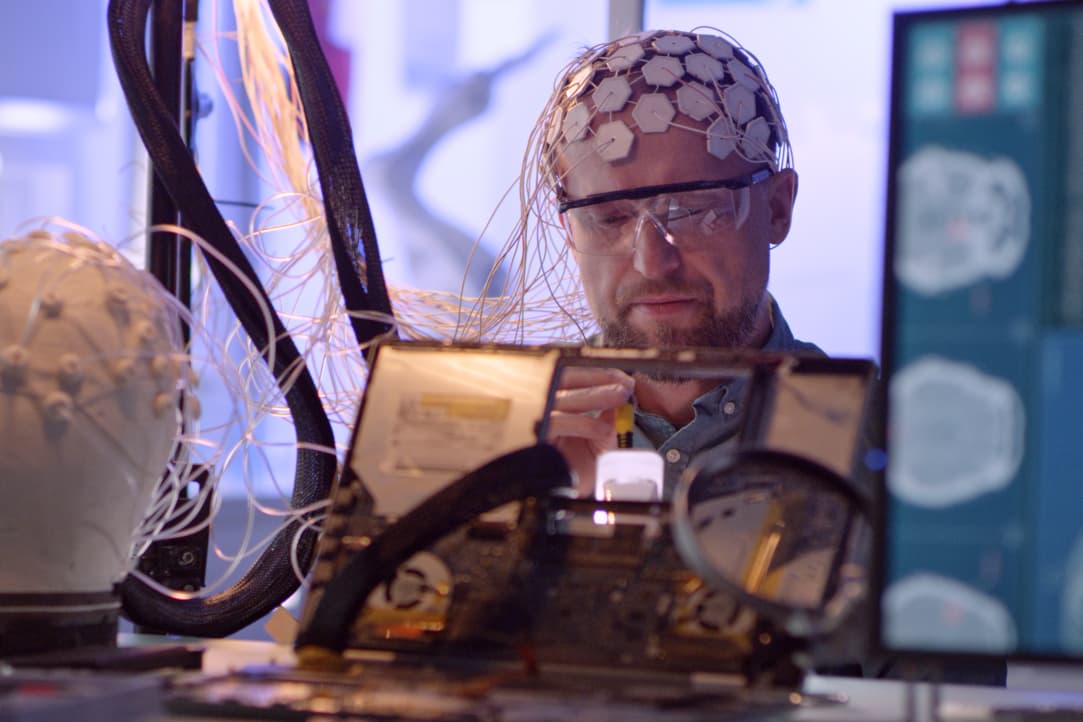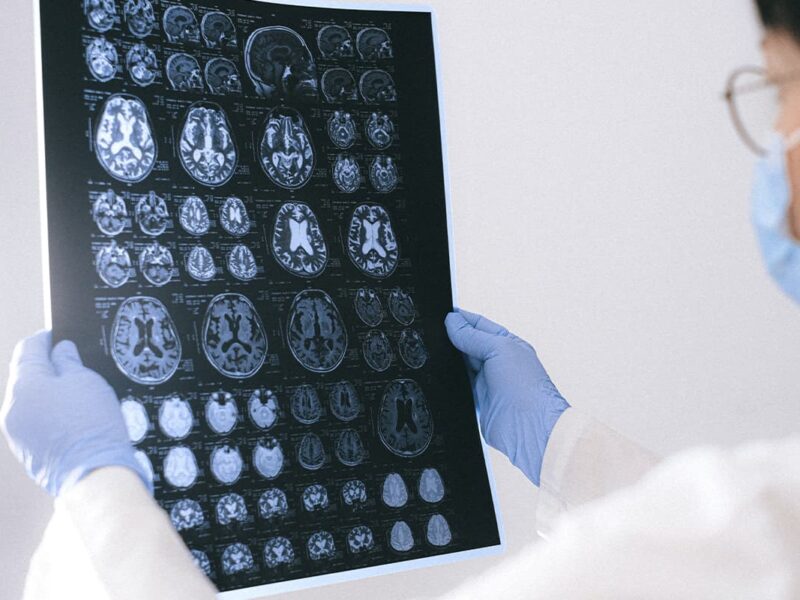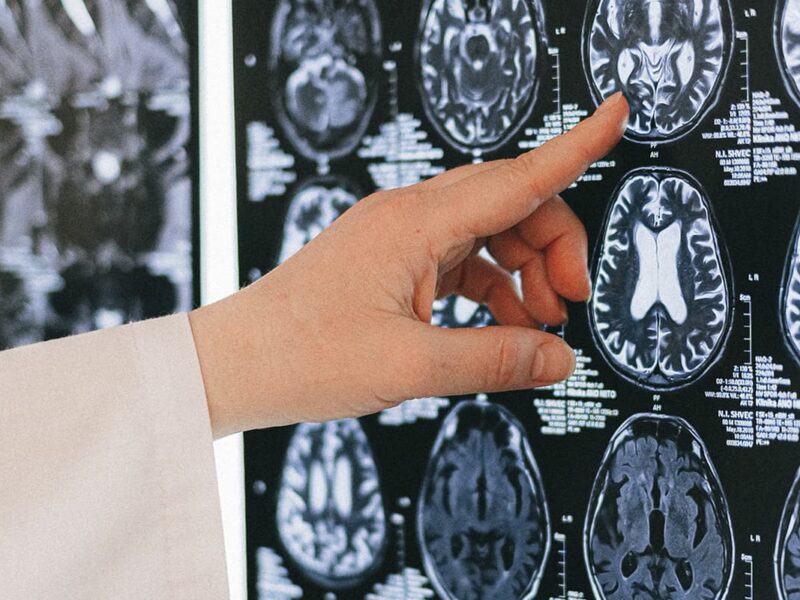In the modern era of scientific research, neuroscience faces enormous challenges in understanding the complex mechanisms of the brain. With the advent of high-tech tools and data analysis techniques, researchers are eager to implement new technologies to gain a deeper understanding of the functions of neural networks. In this article, we’ll look at how the use of MacBooks plays a key role in the analysis of neuroscience data, creating a sort of “mosaic” approach to understanding the brain.
MacBooks in Neuroscience
MacBooks provided by Apple have become an integral part of the daily work of many neuroscience researchers. These powerful computers provide high performance and can efficiently process and analyze huge volumes of data obtained from neuroscience experiments.
Neuroscience Software
One of the key components of successful research in neuroscience is specialized software. MacBooks support a variety of tools for neural network modeling, image processing and time series analysis, which greatly simplifies the research process.
Neural Network Modeling
Using programming languages such as Python and deep learning libraries, researchers can create and analyze complex neural network models. MacBooks provide a convenient development environment and high performance, allowing you to quickly experiment and respond to changes in data.
Data Analysis and Visualization
MacBooks also stand out for their data analytics and visualization capabilities. Modern tools such as Jupyter Notebooks allow researchers to conduct analyzes interactively, making the process more dynamic and efficient. Visualizing data on a MacBook becomes a creative process, creating a mosaic view of the structure and function of the brain.
Teamwork and Collaboration
Modern scientific research often requires collaboration and sharing of data between researchers. MacBooks provide convenient collaboration tools, allowing teams of scientists to effectively collaborate on projects and share results.
MacBooks in Neuroscience: Modern Tools
MacBooks provide neuroscience researchers not only with high performance, but also with advanced tools for data analysis. Standard software platforms such as Python, R, and others are finding their way into scientists’ toolboxes, opening the door to creating and optimizing analysis algorithms.
Modeling Neural Networks: Virtual Experiments
Using MacBooks, researchers can conduct virtual experiments, simulating neural networks and analyzing their behavior. Integration with popular deep learning libraries such as TensorFlow and PyTorch makes building and testing complex models accessible and efficient.
Analysis and Visualization: Extracting Meaning from Data
MacBooks provide a wide range of data analysis and visualization tools, allowing researchers to extract meaning from complex sets of information. Interactive tools and development environments such as Jupyter Notebooks are becoming powerful tools for visualizing and communicating results.
Working Together: Developing Collective Knowledge
MacBooks are actively introduced into the process of collective work on scientific projects. Efficient data sharing and exchange of ideas are made possible by the devices’ high compatibility and ease of use.
To perform important tasks in the field of neuroscience, where high-tech data analysis methods are widely used, the health of the MacBook can be critical for several reasons:

- Performance: MacBooks offer powerful performance, which is key when processing and analyzing the massive volumes of data found in neuroscience research. Computer malfunctions or malfunctions can significantly slow down the data analysis process and even lead to loss of results.
- Compatibility: It is important that the software and hardware used are compatible with the tools and platforms used in neuroscience. Program development and neural network modeling often require a specific environment, and working on a working MacBook provides the necessary technological capabilities.
- Data Security: Neuroscience research processes sensitive data and its security is of utmost importance. A healthy computer with updated security and software helps protect valuable scientific results from threats such as viruses or unauthorized access.
- Comfort and Efficiency: Using a working MacBook provides a comfortable and efficient work environment for the researcher. Regular crashes, program crashes or other problems can create inconvenience and distract from the main task – conducting and analyzing neurobiological experiments.
- Visualization and Communication: Well-functioning computers provide high-quality data visualization, which is especially important when presenting results and communicating with colleagues. The lack of equipment hassles also makes it easier to create presentations and publish research results.
Overall, a well-maintained MacBook is a reliable tool for successfully completing mission-critical tasks in neuroscience, where accuracy, performance, and data security are critical.
Conclusion
In the use of MacBooks in neuroscience research at Good Zone in Brooklyn, we see not just a technological tool, but rather a key to unraveling the mosaic structure of the brain. This integrated approach not only advances the understanding of brain science, but also creates innovative methods for analyzing data in this exciting area of scientific research. That is why, with such a reliable repair company, you don’t have to worry about your discoveries.



